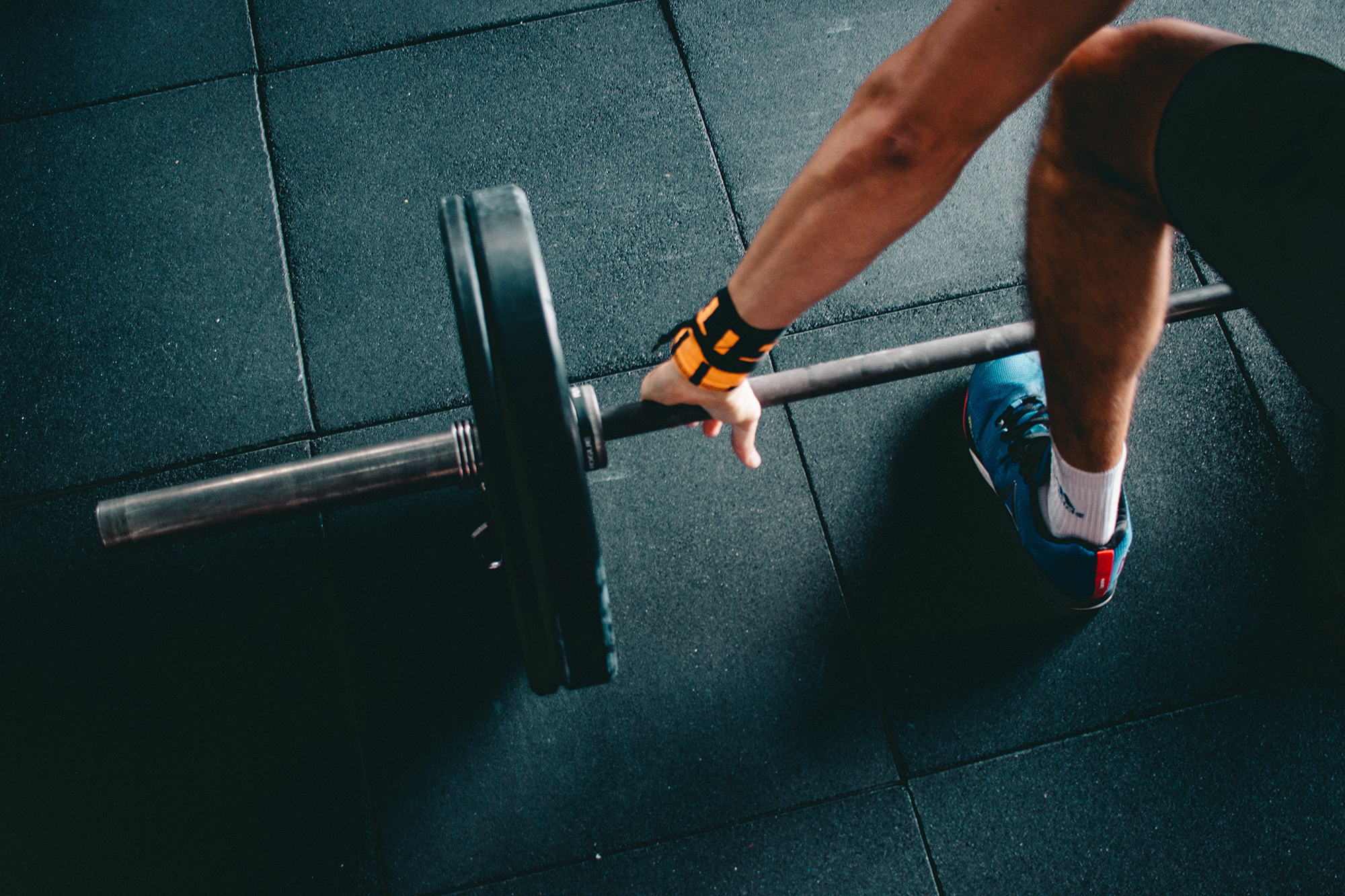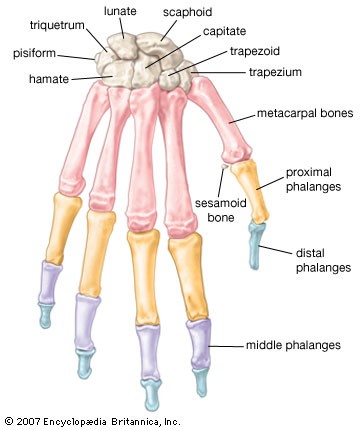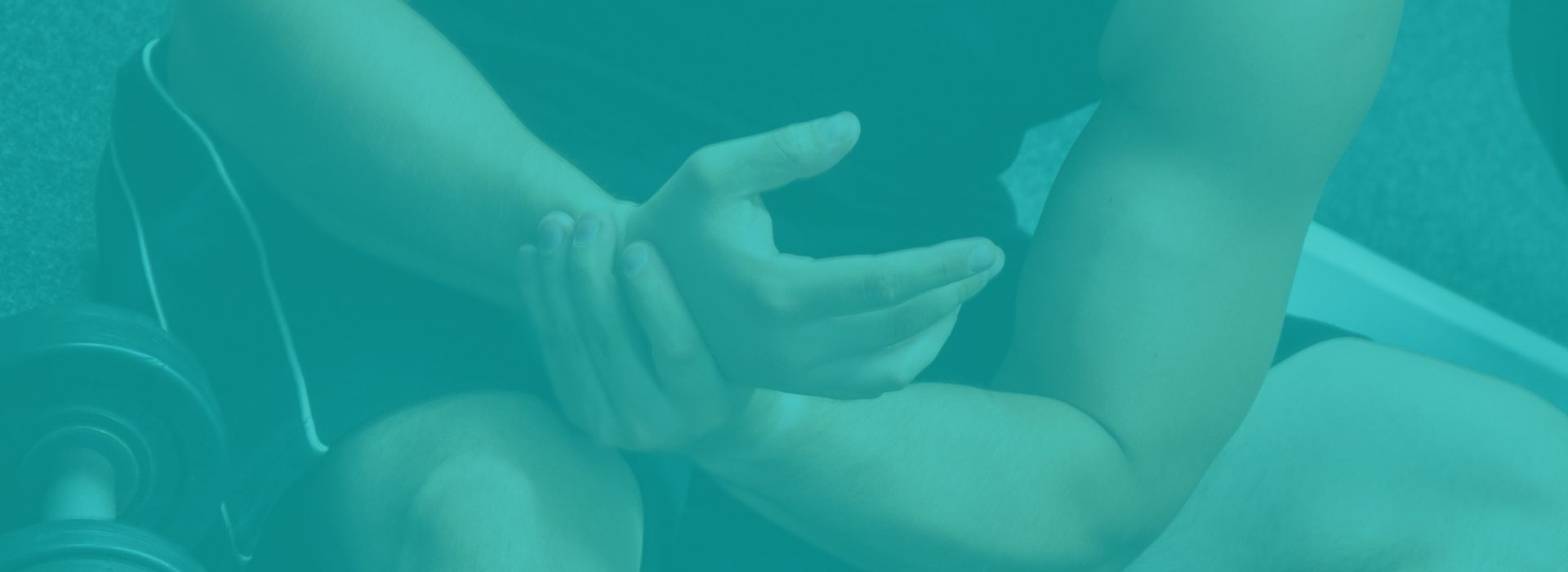The complexity of the sporting hand in hand physiotherapy is amazing.
With 27 bones (not including sesamoid bones- which vary in people) and approximately 29 muscles (depending on how you choose to count them), the hand truly is a challenge to assess in hand physiotherapy.
The most common mechanism of injury in ball sports is a traumatic injury (i.e, where your hand flies into a solid object such as an opponent, the ball or the ground).
An injury of this sort can lead to a sprain or tear of a muscle of ligament and in worse cases a dislocation or fracture.
Many acute traumatic injuries present with sharp pain, swelling and bruising. X-rays are often required to eliminate the possibility of a fracture. An x-ray however will not pick up any soft tissue conditions or a dislocation that has reduced on its own. For those seeking specialised care, a hand physio Brisbane relies on can provide expert treatment for a variety of conditions.

Hand Physiotherapy – What Are Common Hand Fractures?
The following is a list of frequently occurring hand and wrist fractures in sport (this does not include any fractures of the bones of the forearm):
Bennett’s fracture
Occurs at the base of the thumb in the 1st metacarpal bone from trauma such as a direct blow or fall onto the thumb.
Boxer’s fracture
Occurs at the base of the little finger in the 5th metacarpal bone, near the knuckle from trauma or a blow (often a punch).
Scaphoid fractures
These occur at the scaphoid bone of the wrist from a fall or direct blow to the thumb side of the wrist.
Finger fractures
These injuries are at high risk of displacement after a fracture. They are often caused by trauma, similar to the previously outlined injuries. Without proper treatment, such as hand injury physiotherapy, these injuries can worsen after some time.
Dislocations and fractures require immobilisation and acute management by a health professional. Imaging will determine the course of treatment from there onward. In some cases surgery is necessary to allow adequate bone healing. Otherwise, the treatment is conservative, involving several weeks of immobilisation followed by hand physiotherapy.


Hand Injury Physiotherapy – What Are Typical Examples of Soft Tissue Injuries?
Soft tissue injuries of the hand and wrist include ligament sprains and tears, tendon ruptures and muscle sprains. These can happen at any joint of the hand. A traumatic dislocation of a joint in the finger for example may cause the disruption of a collateral ligament on the side of the joint. For effective treatment and recovery, seeking a hand physio Brisbane trusts can be a beneficial step. Common soft tissue injuries include:
Skier’s thumb or gamekeeper’s thumb
Usually caused by a fall or blow to the finger, this is a tear of the ulnar collateral ligament of the thumb. The tear may also cause an ‘avulsion’ fracture at the site of its insertion at the base of the proximal phalanx (first bone of the finger) of the thumb.
Boutonniere deformity
This may present following a trauma or with arthritic changes. The injury presents with a hyperextended distal interphalngeal joint (DIP joint, i.e., the joint on the end of the finger) and a flexed proximal interphalangeal joint (PIP joint, i.e., the first joint of the finger). The deformity occurs following a loss of structural integrity to the central slip of the finger which causes the bone of the finger (closest to the knuckle) to pop up – like a button in a hole (as the French term Boutonniere suggests).
Mallet Finger
This occurs due to a disruption of the central extensor tendon at the DIP (or joint at the end of the finger). The injury presents with a flexed DIP joint. For proper recovery and guidance, consulting with a hand injury physiotherapy specialist can help.
Hand Physio Brisbane – How Can I Spot Overuse Injuries?
Overuse injuries of the wrist and hand present quite differently. Pain is more often dull and athletes experience stiffness and tightness in the hand and fingers. Injuries to the neck, shoulder and elbow may also refer pain into the wrist and hand. In some cases of overuse, inflammation in the carpal tunnel of the wrist can compress or irritate nerves leading to tingling and numbness in the hand and fingers. Hand injury treatment is essential in managing these symptoms effectively.
In others, changes may occur at individual tendons. This is quite common in cyclists, as is “handlebar palsy” or Ulnar neuropathy which occurs due to pressure on the ulnar nerve from loading through the hand at the handlebar. For athletes experiencing such conditions, seeking hand injury rehabilitation can aid in recovery and prevent further issues. Other overuse conditions are of a more degenerative nature. Tendon changes (at a cellular level) also known as a tedinopathy or inflammation of tendon sheaths (tenosynovitis) are fairly common conditions in sports that require repetitive wrist movements such as rock climbing. De Quervains Tenosynovitis is another repetitive overuse injury, where hand injury treatment plays a key role in managing the condition.

Frequently Asked Questions
Is hand physiotherapy effective?
Yes, hand therapy is highly effective for treating a variety of hand and upper limb conditions. It helps improve mobility, strength, and function, reducing pain and preventing further injury. Whether recovering from surgery, managing arthritis, or healing from an injury, hand therapy plays a critical role in rehabilitation, ensuring patients regain optimal hand function and quality of life.
What are the top 3 hand injuries?
The most common hand injuries include:
- Fractures – Broken bones, such as in the fingers or wrists, are frequent, often resulting from falls or accidents.
- Sprains and Strains – These injuries occur when ligaments or tendons are stretched or torn, leading to pain, swelling, and limited movement.
- Carpal Tunnel Syndrome – A condition caused by pressure on the median nerve, leading to symptoms like tingling, numbness, and weakness in the hand.
What happens at a hand injury rehabilitation session?
During a hand therapy session, a licensed therapist will evaluate your condition and design a personalised treatment plan. Sessions often include exercises to improve strength and flexibility, manual therapy to reduce pain and stiffness, and education on proper hand techniques. If necessary, custom splints or braces may be provided. The therapist will guide you through each step to ensure recovery progresses effectively and comfortably.
What can Hand Physiotherapy Do for You?
With the multitude of potential injuries, it is important to address an injury to the hand as early as possible. With early intervention, there is little risk of aggravating an acute condition, losing muscle function or reducing range of movement. It also avoids the complications of chronicity at a more central level (where neural mechanisms cause hypersensitivity at the site of injury).
Your hand physio Brisbane based therapist is well-equipped as a first contact practitioner to assess, diagnose and treat many injuries of the hand. On some occasions imaging and referral to your general practitioner or a hand specialist may be necessary. The earlier the intervention, the better… and the sooner you get back in the game.
Feeling hand pain or after treatment for a hand niggle? Book an appointment at our hand physio Brisbane clinic to see our friendly and experienced physiotherapist at Pivotal Motion. Book an appointment online or call us today on 07 3352 5116.

